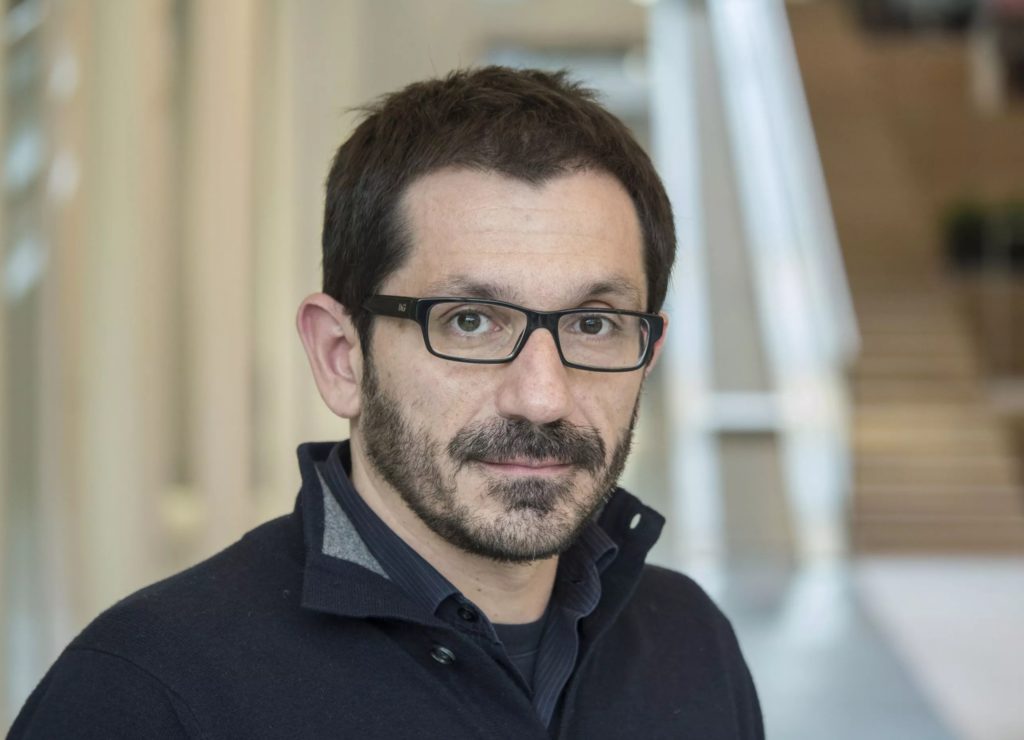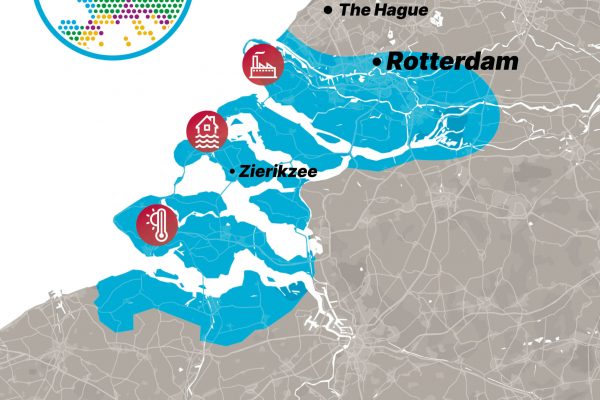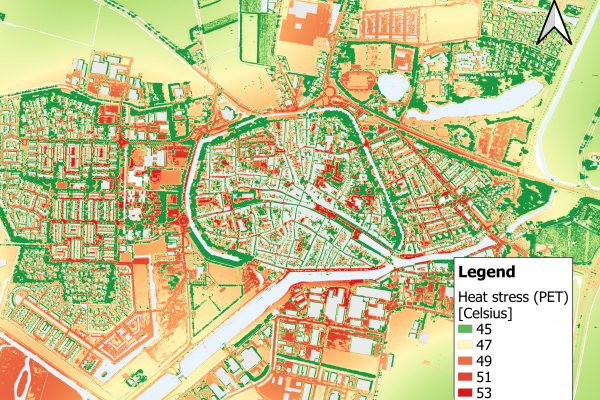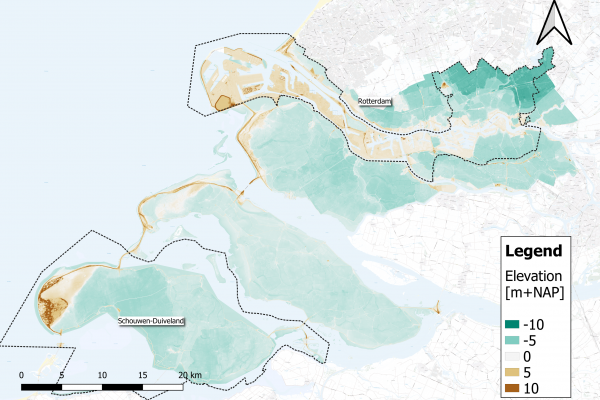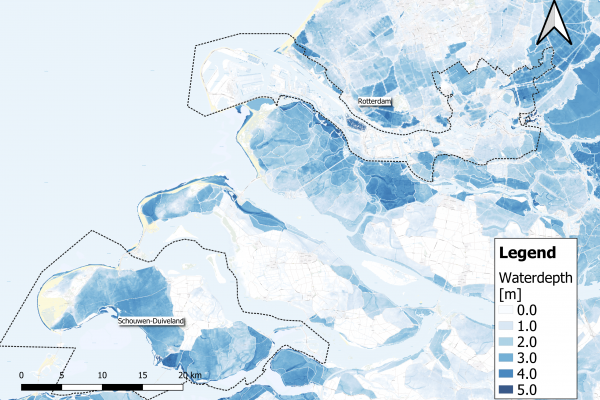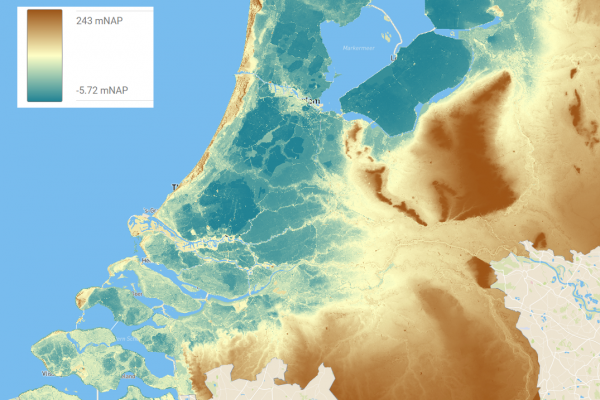Photo: Professor Christos Makropoulos (©KWR)
Interview by Rinske Potjewijd, KWR
The phrase ‘Digital Twins’ has become common in the water industry to describe creating virtual replicas of physical assets, such as water treatment plants or water networks. However, another potential lies in ‘digital twinning’ an entire region, initially connecting ‘hard’ ground sensors and ‘soft’ satellite sensors to regional environmental and infrastructure models. This could help eventually connect multiple utility digital twin models to help with long-term water decision making.
That’s according to Christos Makropoulos, a professor at the National Technical University of Athens and a principal scientist at KWR, both organisations that are partners in the EU-funded Horizon 2020 project IMPETUS.
“The solutions we develop aspire to help regions develop adaptation pathways – and regional digital twins are an important piece of this puzzle. Rather than ‘twinning’ a particular treatment plant or water solution network, this is about a digital representation at a regional scale.”
Christos Makropoulos, Professor at NTUA and a Principal Scientist at KWR
In the context of water, digital twins are an “actively integrated, accurate digital representation of our physical assets, systems, and processes with a constant stream of data linking them to the physical counterparts for continuous model update and calibration – and vice versa”.
Taking a broader view, Makropoulos believes that a digital twin of a region could eventually be used as the evidence base for discussions between stakeholders. “Imagine a region as a puzzle board, with the environmental situation updated in real-time. Relevant information can be added so that the stakeholders can access a shared picture of what is currently happening and how things may evolve.” he said.
One of the aims of IMPETUS is to help turn climate commitments into tangible, urgent actions to protect communities. This includes helping accelerate Europe’s climate adaptation strategy and meet ambitions to become the world’s first climate-neutral continent by 2050.
A convergence of [software] worlds
The professor believes that we are witnessing the convergence of software ‘worlds’: BIM (building information modelling), GIS (geographic information systems) and environmental and infrastructure modelling (e.g. simulations of water distribution systems). “The term ‘digital twin’ has caught up faster than the technology has matured. But it promoted an increased realisation that more system integration is needed to see real value. Although we don’t have full blown (off the shelf) digital twin technologies, we are taking steps toward this integration. The idea of digital twins provides a point in the horizon to help with our integration course,” he added.
Despite the ambitions, legislative and commercial challenges remain, as well as cyber security issues.
Makropoulos participated in a previous, related H2020 EU project called STOP-IT (Strategic, Tactical, Operational Protection of water Infrastructure against cyber-physical Threats), which addressed water infrastructure as a cyber-physical infrastructure. A toolkit was developed that allowed utilities to explore interactions between the cyber and physical systems from a security perspective.
“The more we create digital twins, the more relevant cyber, physical and whole system approaches to security becomes – it’s important to go in with our eyes open,” the professor concluded.
About KWR
KWR Water Research Institute generates knowledge to enable the water sector to operate water-wisely in our urbanised society. Read more about KWR.
